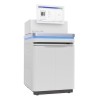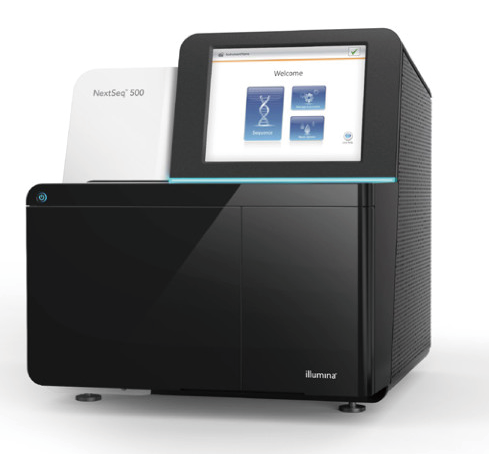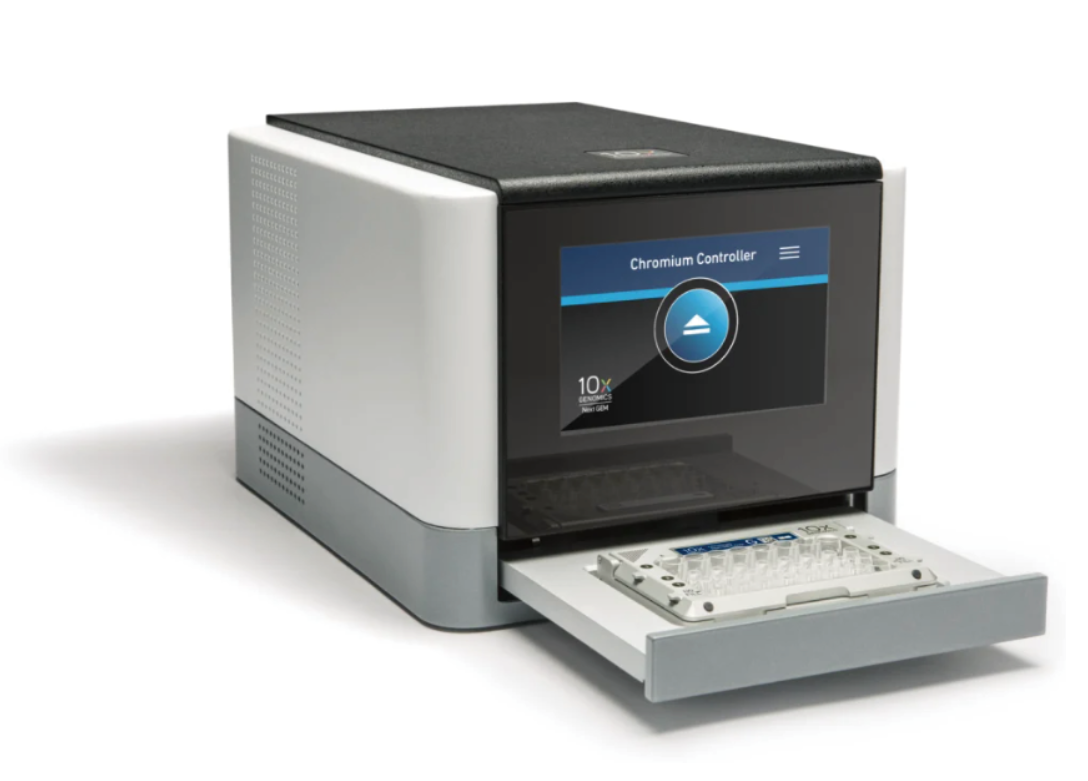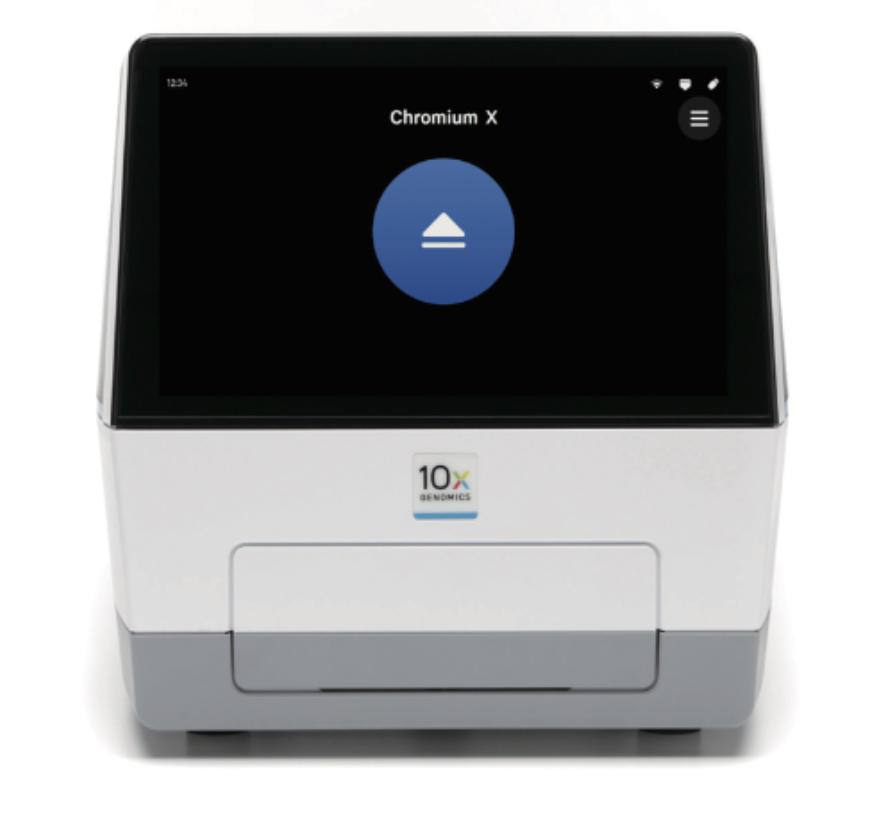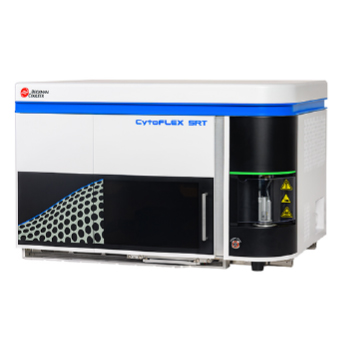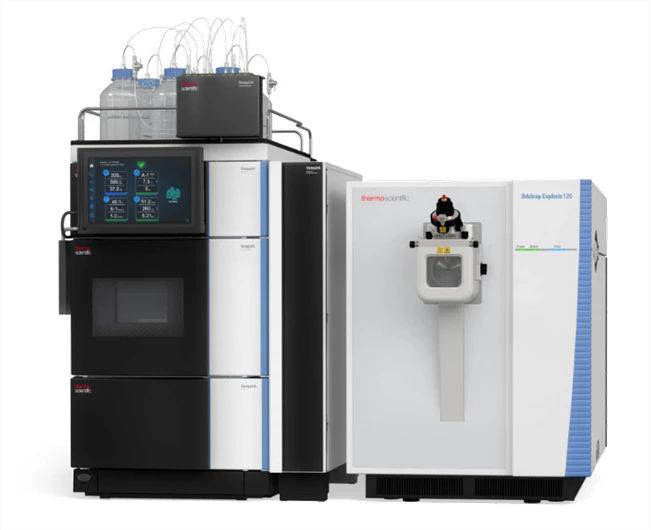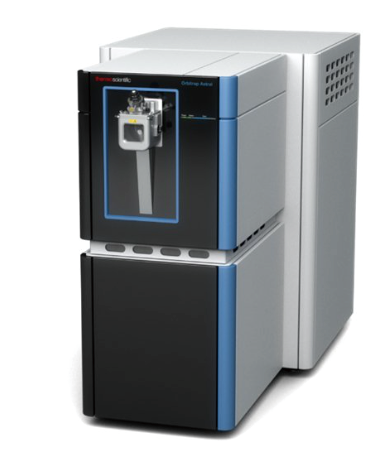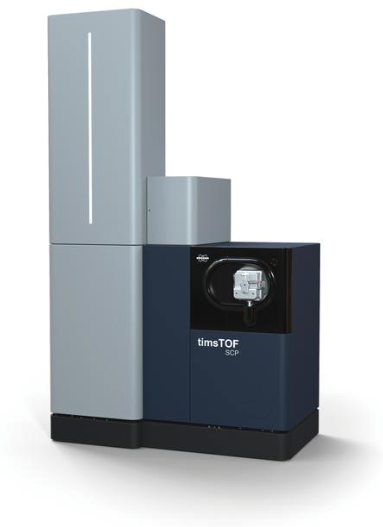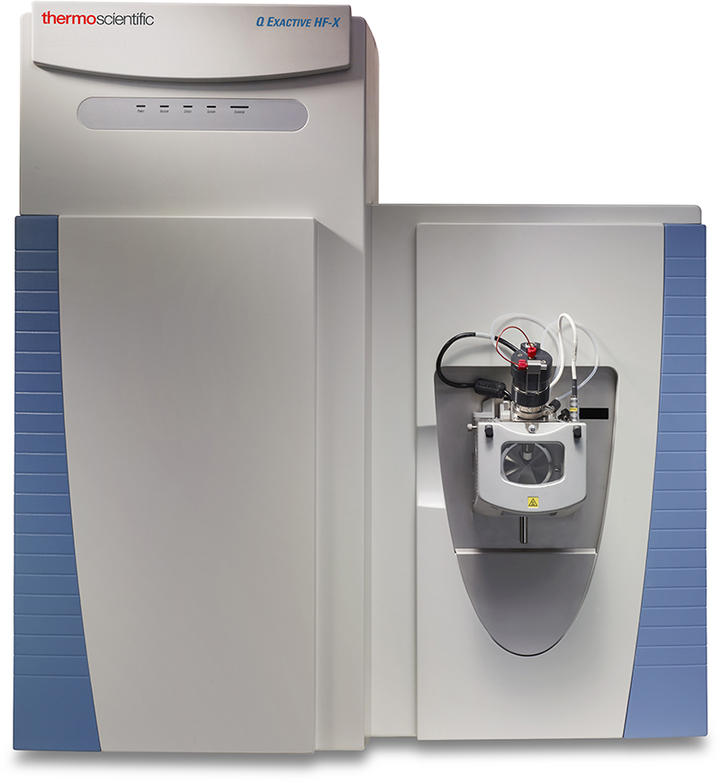Summary
It is commonly observed that microorganisms subjected to a mild stress developtolerance not only to higher doses of the same stress, but also to other stresses—a
phenomenon called cross protection. The mechanisms for cross protection have notbeen fully revealed. Here we report that heat shock induced cross protection against UV, oxidative and osmotic/salt stress conditions in the cosmopolitan fungusMetarhizium robertsii. Likewise, oxidative and osmotic/salt stresses also inducedcross protection against multiple other stresses. We found that oxidative andosmotic/salt stresses produce an accumulation of pyruvate that scavengesstress-induced reactive oxygen species and promotes fungal growth. Thus,stress-induced pyruvate accumulation contributes to cross protection. RNA-seq andqRT-PCR analyses showed that UV, osmotic/salt and oxidative stress conditionsdecrease the expression level of pyruvate consumption genes in the Trichloraceticacid cycle and fermentation pathways leading to pyruvate accumulation. Our workpresents a novel mechanism for cross protection in microorganisms.This article is protected by copyright. All rights reserved.
Originality-Significance StatementCross protection is a common phenomenon in microorganisms, by whichmicroorganisms exposed to a mild stress develop tolerance not only to higher doses ofthe same stress, but also to other stresses. The mechanisms for cross protection are notfully understood. Using the cosmopolitan fungus Metarhizium robertsii as a model,we show for the first time that pyruvate is a universal stress molecule andstress-induced pyruvate accumulation is a mechanism for cross protection. Theaccumulated pyruvate scavenges stress-induced reactive oxygen species and promotesfungal growth. To our knowledge, this is the first report that pyruvate accumulation isa mechanism for cross protection.This article is protected by copyright. All rights reserved.
Introduction
Organisms are constantly challenged by environmental abiotic stresses, includingUV radiation, fluctuating temperatures, osmotic imbalance and oxidative damage.Microorganisms must be able to respond quickly and appropriately to adapt to eachenvironmental change. Fungal tolerance to abiotic stresses has been widelyinvestigated, and some mechanisms are stress-specific (Gasch et al., 2000). However,there also exists a phenomenon called cross protection or cross resistance, by whichfungal cells exposed to a mild stress develop tolerance not only to higher doses of thesame stress, but also to other stresses (Hohmann & Mager, 2003). Trehalose and HSPs(heat shock proteins) have been implicated in cross protection as their production canbe induced by multiple abiotic stresses (Herdeiro et al., 2006; Verghese; 2012).However, additional unknown mechanisms are also likely to be involved in crossprotection (Rangel et al., 2008).The cosmopolitan fungus Metarhizium robertsii has versatile lifestyles; it is apathogen of arthropods, a saprophyte, and a colonizer of the rhizosphere and plantroot (Roberts & St. Leger, 2004; Behie, et al., 2012; Behie, et al, 2017; Guo et al.,2017). A multi-year field trial revealed that the ability of M. robertsii to maintain largepopulations is determined by its tolerance to abiotic stresses including temperaturefluctuation and UV radiation (Fang & St. Leger, 2010; Fang & St. Leger, 2012; Wanget al., 2011). M. robertsii is becoming a model for studying intimate association withdifferent plant and insect species and assessing fungal evolution in naturalcommunities (Behie, et al, 2017; Zhang et al., 2017). Cross protection in M. robertsiiThis article is protected by copyright. All rights reserved.
may involve accumulation of trehalose and mannitol, and up-regulation of HSPs(Rangel et al., 2008). We recently reported that pyruvate is a new stress molecule, andin the vanguard of molecules that scavenge heat induced ROSs (reactive oxygenspecies). Pyruvate efficiently reduces protein carbonylation, stabilizes mitochondrialmembrane potential, and promotes fungal growth (Zhang et al., 2017). In this study,we report that stress-induced accumulation of pyruvate scavenges ROSs, andcontributes to cross protection against multiple abiotic stresses. To our knowledge,this is the first report that pyruvate accumulation is a mechanism for cross protection.
Results
Pyruvate accumulation plays a dominant role in heat shock toleranceIn our previous study (Zhang et al. 2017), we found that short term (10min) heattreatment (designated as heat shock in this study) of hyphae induces rapidaccumulation of pyruvate and a small HSP (MAA_10381). To distinguish the roles ofHSP MAA_10381 and pyruvate in heat shock tolerance, we constructed the deletionmutant of MAA_10381, and then complemented the mutant with its genomic clone.Construction of the deletion mutant of MAA_10381 and the ?MAA_10381complementation are presented in Fig. S1.No significant differences (P > 0.05, Tukey’s test in one-way ANOVA) inpyruvate concentration were found following heat shock of ?MAA_10381 (282.2 ?36.4?g/g dried hyphae) and the complemented ?MAA_10381 (266.7 ? 30.5?g/g driedhyphae), which is not different from the heat shockedwild-type strain (WT) (Zhang etal, 2017). Thus, up-regulation of the HSP (MAA_10381) has no impact on pyruvateThis article is protected by copyright. All rights reserved.
accumulation. We then investigated the effect of MAA_10381 on hyphal tolerance toheat shock. To do this, conidia were germinated by incubating at 26?C for 10h in 1/2 strength Sabouraud dextrose broth plus 1% yeast extract (1/2SDY) in a petri dish(hyphal length ~10?m). These hyphae were first heat shocked (35?C for 10min) and then incubated at 26?C (the optimal temperature for M. robertsii). Hyphal elongationduring 2h incubation was measured, and growth rate is shown as the length hyphaeelongated per hour. At the optimal temperature, the growth rate of non-heat shockedWT hyphae (1.9 ? 0.22?m/h) was significantly (t = 5.3, P = 0.02) greater than thatpretreated with heat shock (1.3 ? 0.07?m/h). However, no significant differences ingrowth rate were found between heat shocked WT, ?MAA_10381 (1.3 ? 0.1?m/h) and the complemented ?MAA_10381 (1.4 ? 0.08?m/h) (P > 0.05, Tukey’s test in one-wayANOVA), suggesting that up-regulation of the HSP is not involved in heat shocktolerance.
We then investigated whether pyruvate accumulation affects heat shock tolerance.As previously described (Zhang et al. 2017), we prepared heat-shocked WT hyphaewith higher (HH) and lower (LH) pyruvate levels than normal (NH), and comparedtheir tolerance to heat shock. When not heat shocked, NH, HH and LH hyphae had thesame growth rate at 26?C (P > 0.05, Tukey’s test in one-way ANOVA) (Fig. 1A).After heat shock (35?C for 10min) and incubation at optimal conditions, HH’s growthrate were 4.1 ? 0.46?m/h, which was significantly greater than NH (2.2 ? 0.13?m/h).NH were in turn significantly greater than LH (1.5 ? 0.18 ?m/h) (P < 0.05, Tukey’stest in one-way ANOVA), suggesting that pyruvate promotes growth rate of heatThis article is protected by copyright. All rights reserved.
shocked hyphae (Fig. 1B).We next investigated the impact of heat shock at 50?C.After 10 min at 50?C and one hour at 26?C, NH and LH showed no growth while HH had grown by 2.2 ? 0.07 ?m. Within 2h incubation, HH’s growth rate was 2.1 ? 0.11?m/h, which was 1.7-fold and 3.4-fold greater than NH and LH (P < 0.05, Tukey’stest in oneway ANOVA) (Fig. 1C), respectively. We conclude that pyruvate plays adominant role in heat shock tolerance.Heat-induced pyruvate accumulation confers protection against multiple abioticstressesWe next investigated whether heat shock-induced pyruvate accumulation and/orproduction of HSP (MAA_10381) are involved in cross protection. To do this, conidiawere grown in 1/2 SDY at 26?C for 10h, and the hyphae were heat shocked (35?C for10min). Heat shocked and non-heat shocked control hyphae were then subjected tooxidative, OP (osmotic pressure)/salt (provided by addition of 0.5M KCl into themedia), cold, acid, alkaline and UV stress conditions.The growth rates of heat shocked and non-heat shocked WT were notsignificantly different under cold, acid and alkaline stresses (t test, P > 0.05) (Fig. S2).However, compared to non-heat shocked controls, WT and ?MAA_10381 hyphaepretreated with heat shock grew significantly faster under oxidative (Fig. 2A), OP/salt(Fig. 2B) and UV (Fig. 2C) stresses (P < 0.05, Tukey’s test in one-way ANOVA).There were no significant differences in growth rate between heat shocked WT and?MAA_10381 hyphae (Fig. 2A, B & C). These results suggest that heat shockincreased hyphal tolerance to OP/salt, oxidative and UV stresses, and heat shockThis article is protected by copyright. All rights reserved.
link text : https://onlinelibrary.wiley.com/doi/abs/10.1111/1462-2920.14058



